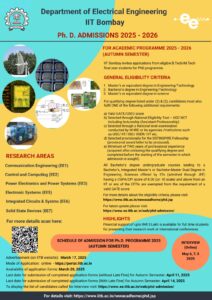Contents of the course
Revision of continuous random variables, multivariate distributions, marginalization, conditional distributions; Charts and data visualization, including bar charts, line charts, error bars, pie charts, scatter plots, bubble charts, box plots, chart information elements, coherence and aesthetics; Exploratory data analysis, including statistical descriptors, correlations, QQ plots; Hypothesis testing, t-test, chi-squared test, non-parametric tests; Linear and logistic regression, derivation of loss functions, gradient descent, L2 and L1 regularization, validation, cross-validation, domain shift; Support vector machines and kernel methods for classification and regression; Shallow neural networks, importance of hidden layer, computation graphs and Jacobians, backpropagation; Feature engineering, imputation, forward selection, backward elimination; Combining models, ensembles, cascades and trees, random forests, boosting; Clustering, k-means, fuzzy c-means, DBSCAN, hierarchical, clustering metrics; Dimension reduction, PCA, kernel PCA, t-SNE. Density estimation, maximum likelihood parameter estimate, kernel density estimation, EM-algorithm for GMM.
Texts and References
1. MATHEMATICS FOR MACHINE LEARNING Paperback – 23 April 2020,
by Marc Peter Deisenroth, A. Aldo Faisal, Cheng Soon Ong
2. PATTERN RECOGNITION AND MACHINE LEARNING Paperback – 23
August 2016, by Christopher M. Bishop
3. Understanding Machine Learning: From Theory To Algorithms
Paperback – 1 January 2015, by Shai Shalev-Shwartz, Shai Ben-David
4. Essential Math for Data Science: Take Control of Your Data
with Fundamental Linear Algebra, Probability, and Statistics Paperback –
Import, 10 June 2022, by Thomas Nield
5. Machine Learning with PyTorch and Scikit-Learn Paperback –
Import, 25 February 2022, by Sebastian Raschka



